“Societies and businesses rely heavily on transportation infrastructure. Thus, the reliable assessment of their vulnerability and the associated risks to critical hazards is an urgent need of paramount importance toward resilient transportation networks.”
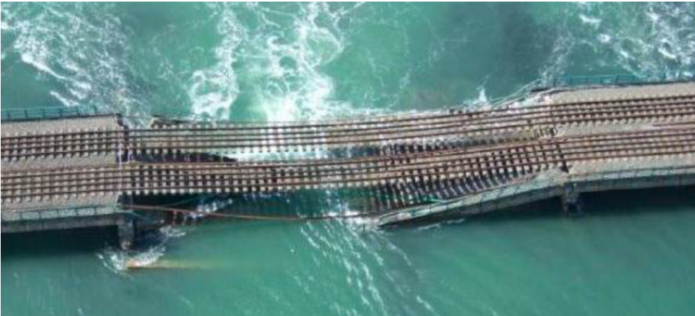
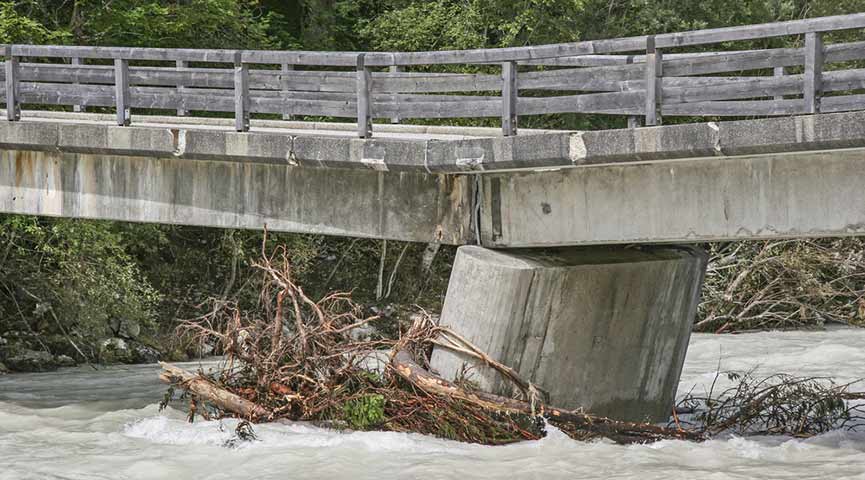
examples of bridge failure due to hydraulic hazards (e.g. scour, debris accumulation, drag forces)
In response to the above urgent need we deliver solutions for the Quantitative Risk Assessment of transportation infrastructure, by integrating:
- adaptive fragility models that account for the deterioration of assets (ageing and previous hazard effects) and improvements (retrofitting/strengthening)
- risk and loss assessment of transportation networks exposed to natural hazards, toward efficient allocation of resources in decision-makingand disaster management
- advanced numerical models of transportation systems of assets subjected to critical combinations of geo- and climatic hazards
- diverse transportation assets: bridges, embankments, cuts, tunnels, retaining structures
- multiple hazards: floods, hydraulic actions, earthquakes, landslides, ground movements

numerical modelling of integral bridge-embankments-foundation soil
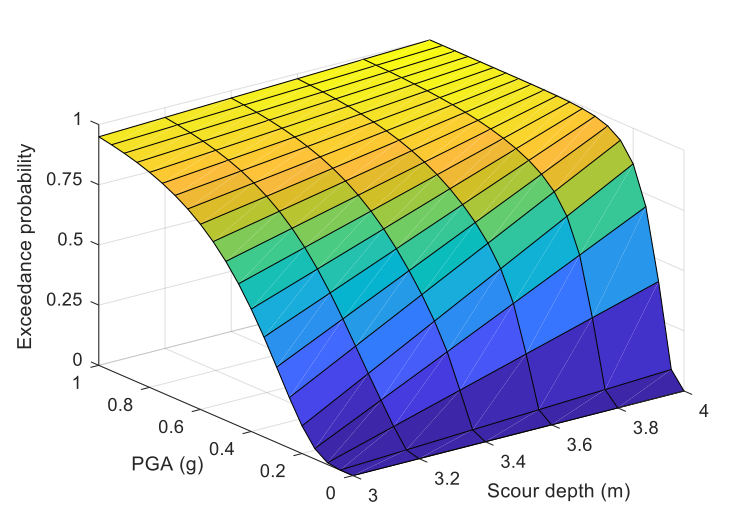
fragility surface for a bridge exposed to flood-induced scour and earthquake excitations

fragility curves for highway and railway integral bridges exposed to earthquake hazard (Source: Argyroudis S, Mitoulis S, Kaynia AM, Winter MG, 2018. Fragility assessment of transportation infrastructure systems subjected to earthquakes. Geotechnical Earthquake Engineering and Soil Dynamics V, June 10-13, Austin, Texas, USA)

numerical modelling of scour (caused by flood) under foundation of bridge abutment (2D model)
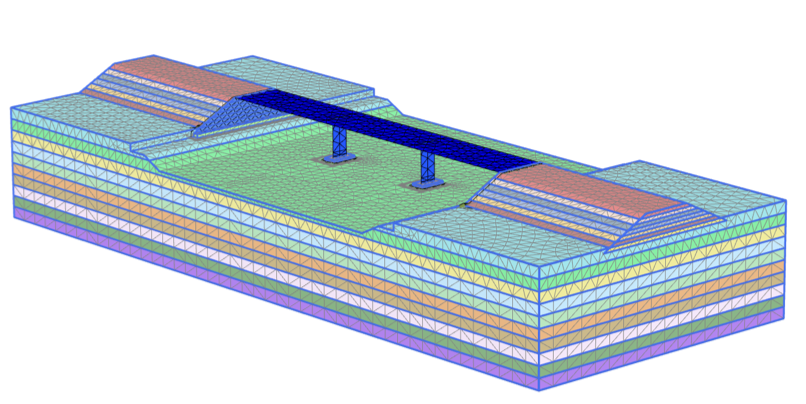
numerical model of bridge exposed to scour caused by flood (3D model). See fragility functions here: Argyroudis SA, Mitoulis SA (2021). Vulnerability of bridges to individual and multiple hazards – floods and earthquakes, Reliability Engineering & System Safety, 210, 107564.
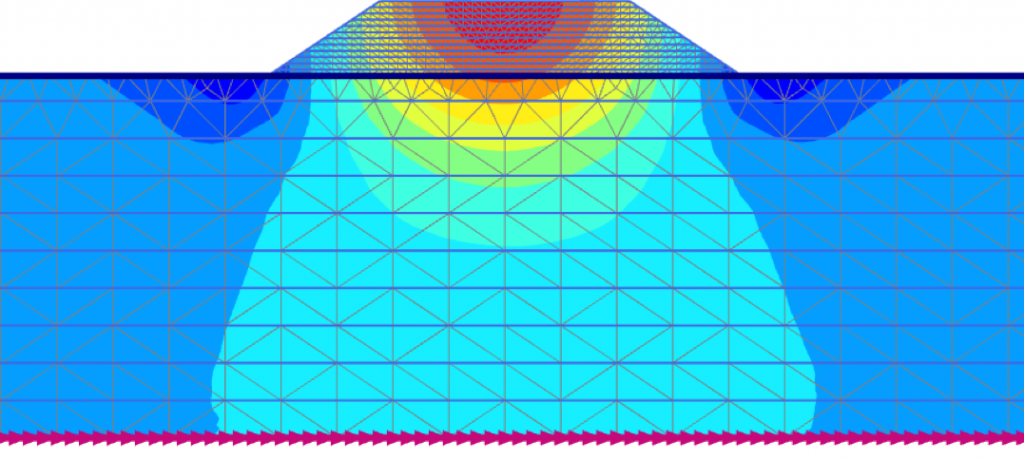
numerical modelling of embankment and foundation soil
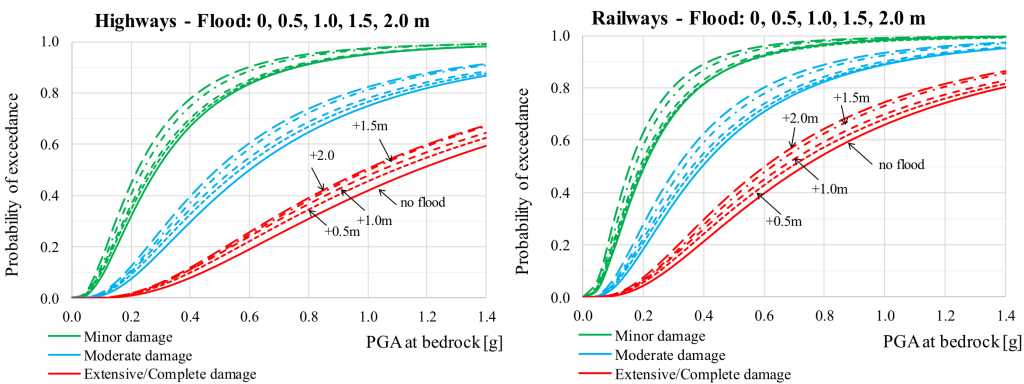
adaptive fragility curves for highway and railway embankments exposed to flood and earthquake hazard (Source: Argyroudis S, Mitoulis S, Winter MG, Kaynia AM, 2018. Fragility of critical transportation infrastructure systems subjected to geo-hazards. 16th European Conference on Earthquake Engineering, June 18-21, Thessaloniki, Greece)
Fragility functions for road embankments under combined moisture ingress and scour effects. Scour hole at the toe ranges from 0.5m (lower) to 3.0m (upper bound). WIM is the normalised water table (Source: McKenna G, Argyroudis S, Winter M, Mitoulis S (2020). Multiple hazard fragility analysis for granular highway embankments: moisture ingress and scour. Transportation Geotechnics, 26, 100431)
Survey for generating bridge restoration models after floods toward resilience assessment
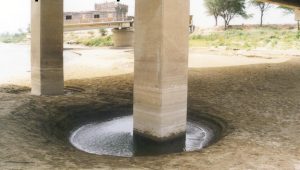
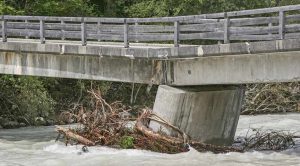
The purpose of this survey is to define the restoration tasks after hydraulic-induced damages and/or loss of functionality of bridges. The ultimate outcome of this survey will be the generation of a set of restoration functions for quantifying the resilience of bridges and transport networks, exposed to hydraulic hazards, i.e. scour, debris accumulation and hydraulic forces. This research is conducted for the first time in the international literature, and its findings are expected to inform boroughs, county councils, road and rail owners and stakeholders by providing valuable information for managing efficiently their assets prior and after catastrophic events on the basis of resilience.
To increase its robustness, this survey requires the participation of a pool of experts that will help us in reliably defining the restoration processes, accounting for the opinions of the larger technical community. To this end, the experts will provide their judgements by answering a series of questions asked in the questionnaire.
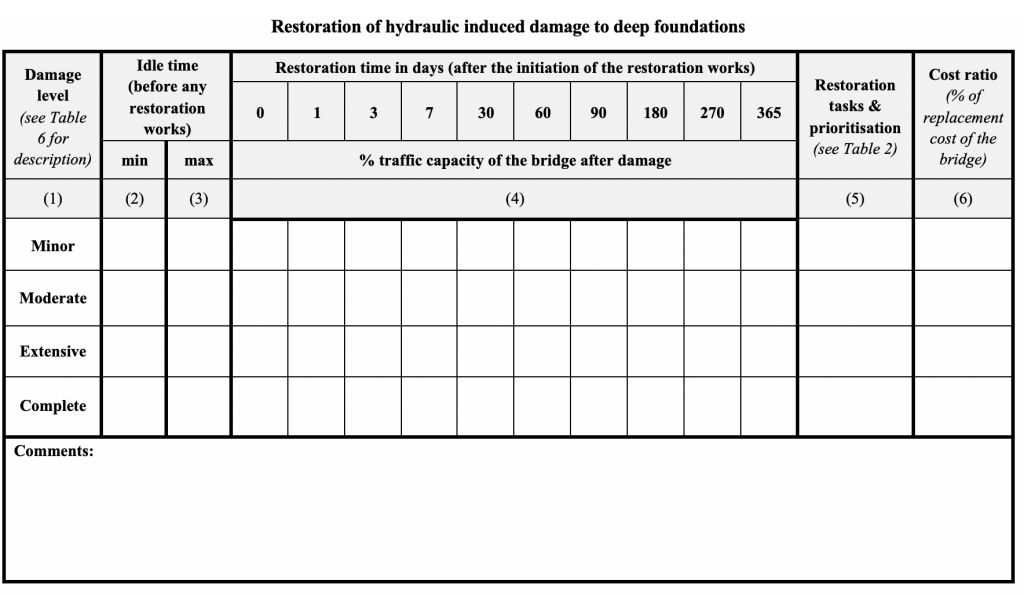
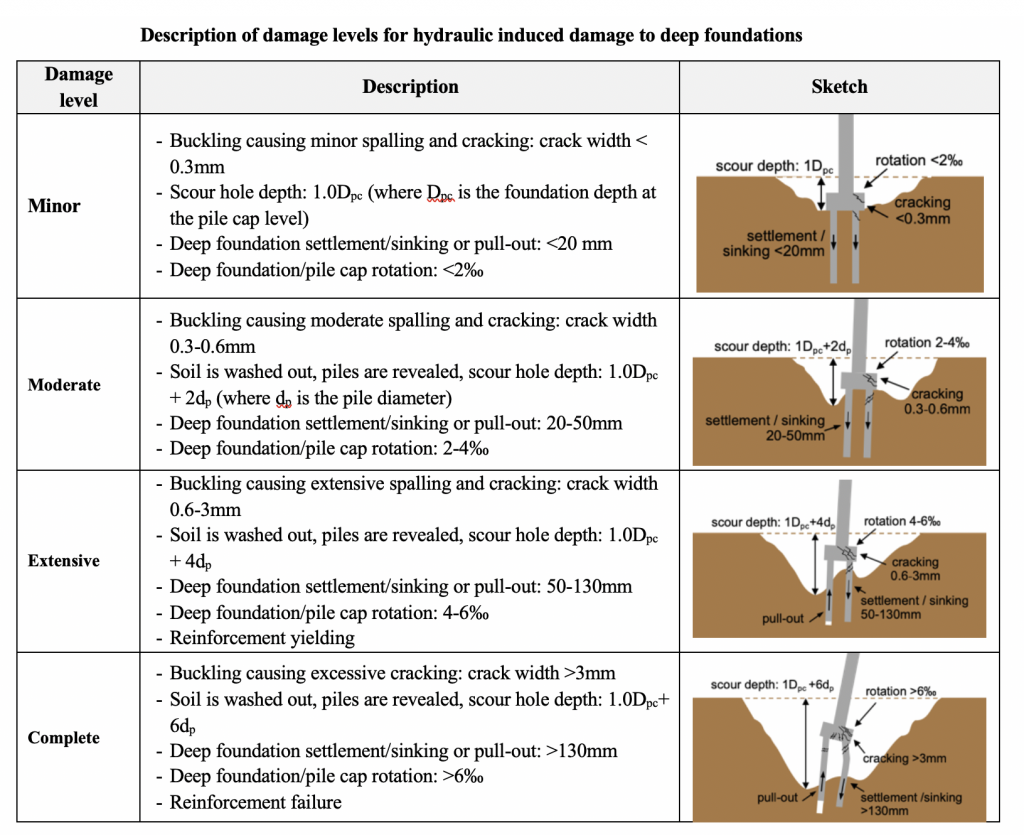
Example of the questionnaire for hydraulic induced damage to deep foundations
Relevant publications:
- Mitoulis SA, Argyroudis S, Loli M, Imam B (2021). Restoration models for quantifying flood resilience of bridges. Engineering Structures, 238, 112180 https://doi.org/10.1016/j.engstruct.2021.112180
- Mitoulis SA, Argyroudis SA (2021) Restoration models of flood resilient bridges: survey data. Data in Brief. 107088, https://doi.org/10.1016/j.dib.2021.107088
